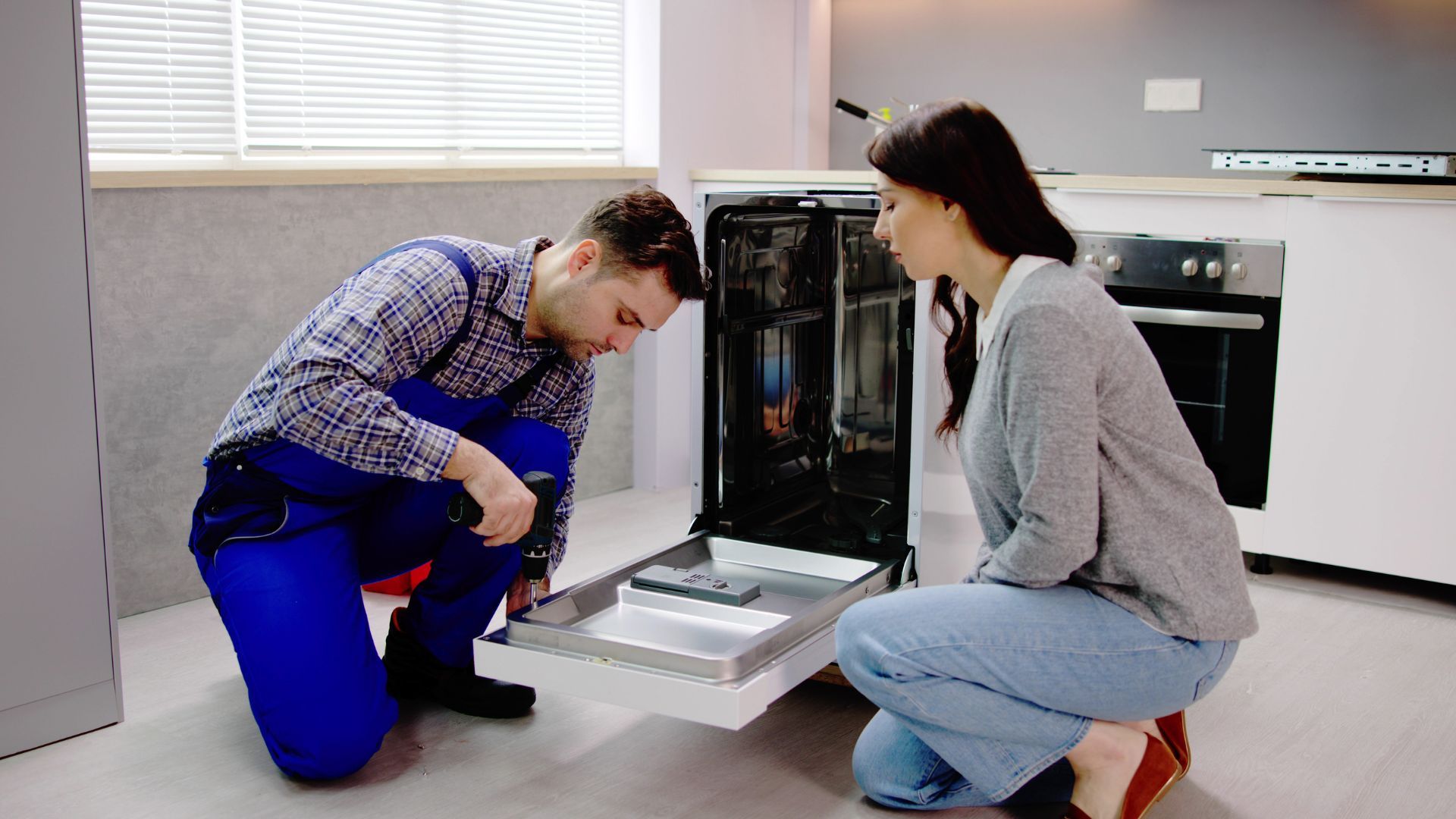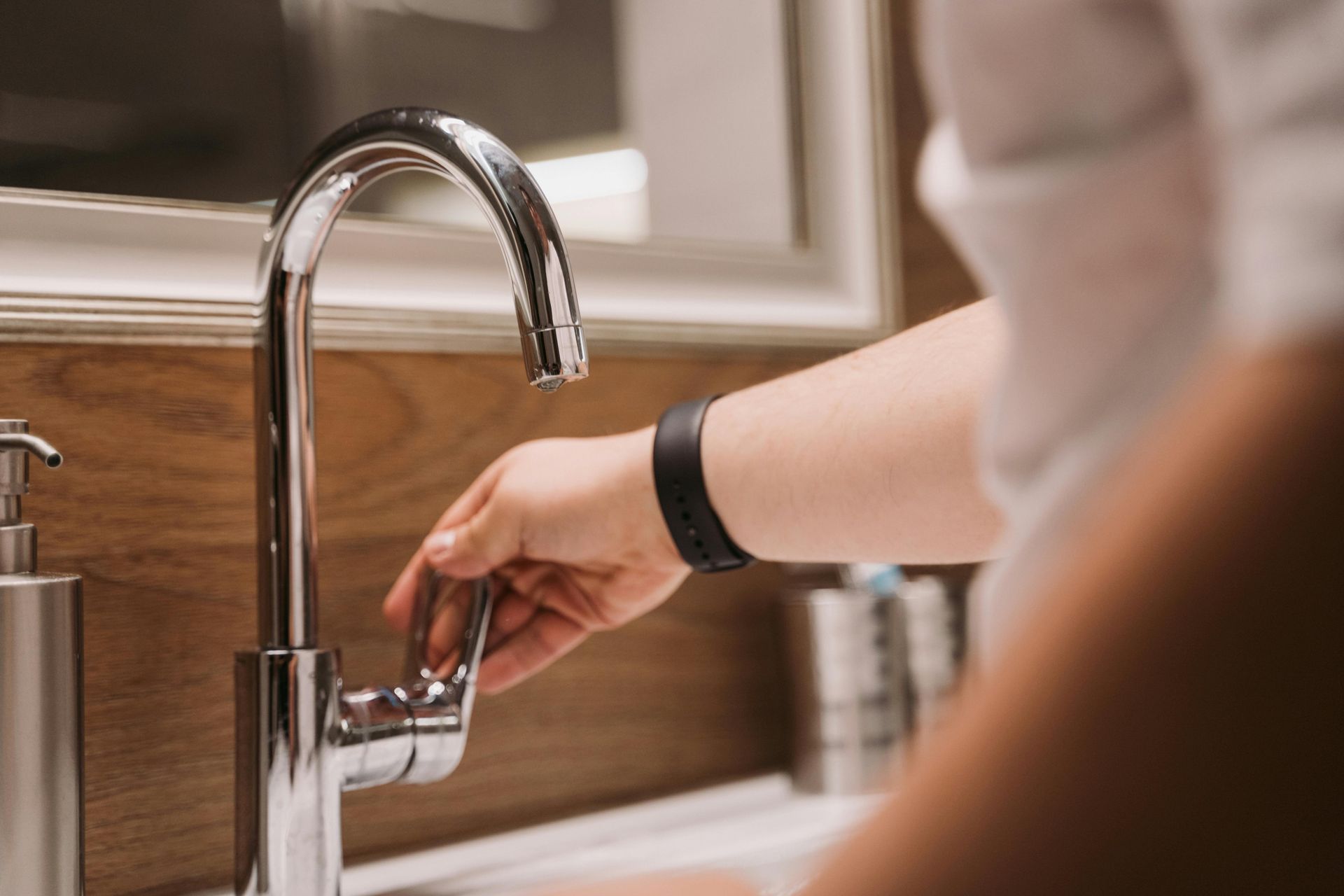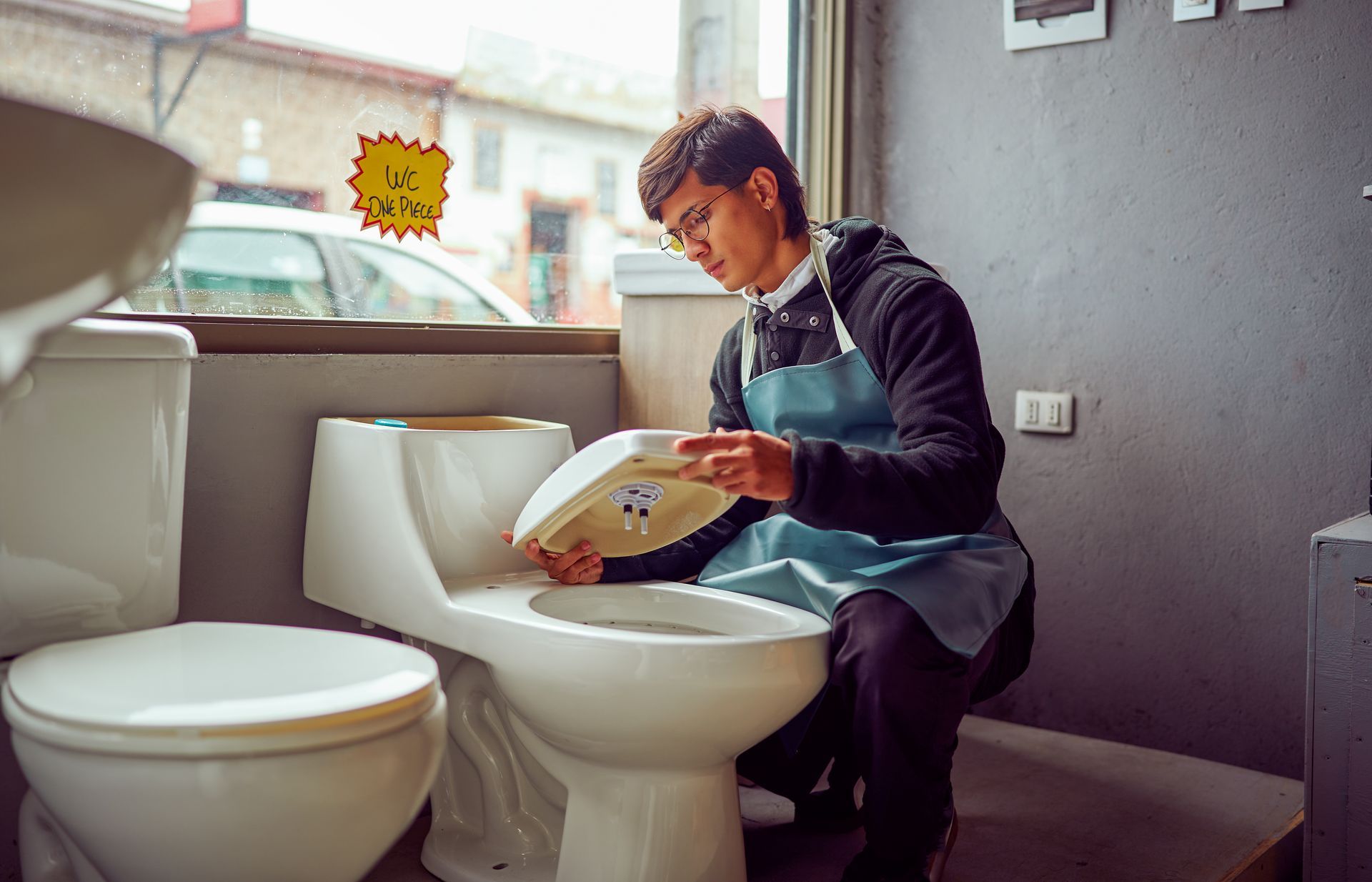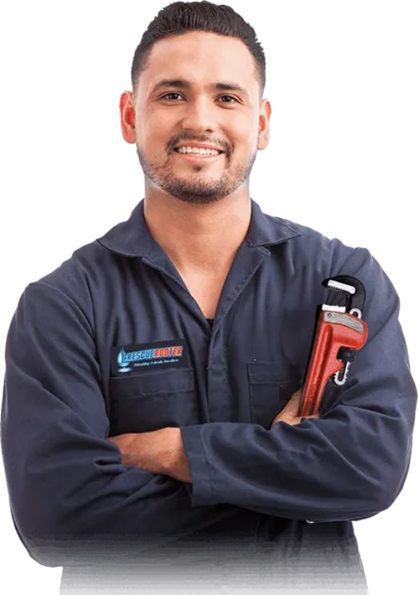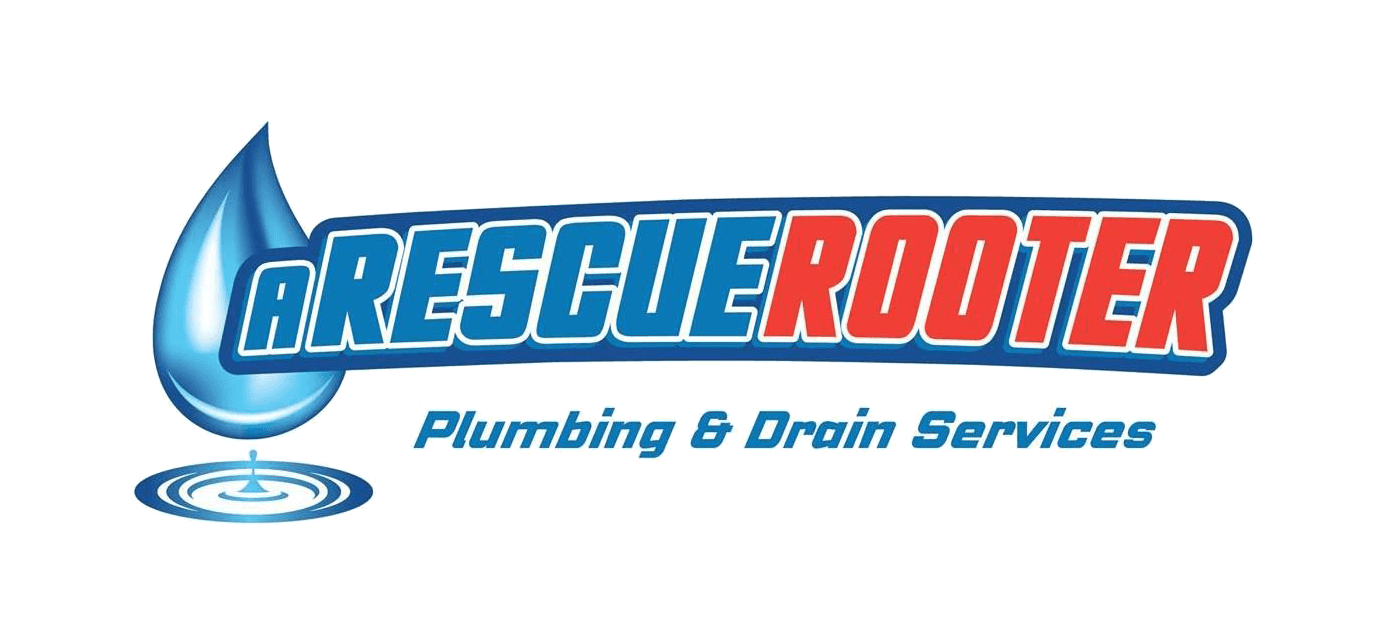Don't let plumbing issues be a mystery. Get the basics of all things plumbing
Trust Your Hamilton Plumbers With ANY Issue You May Have!
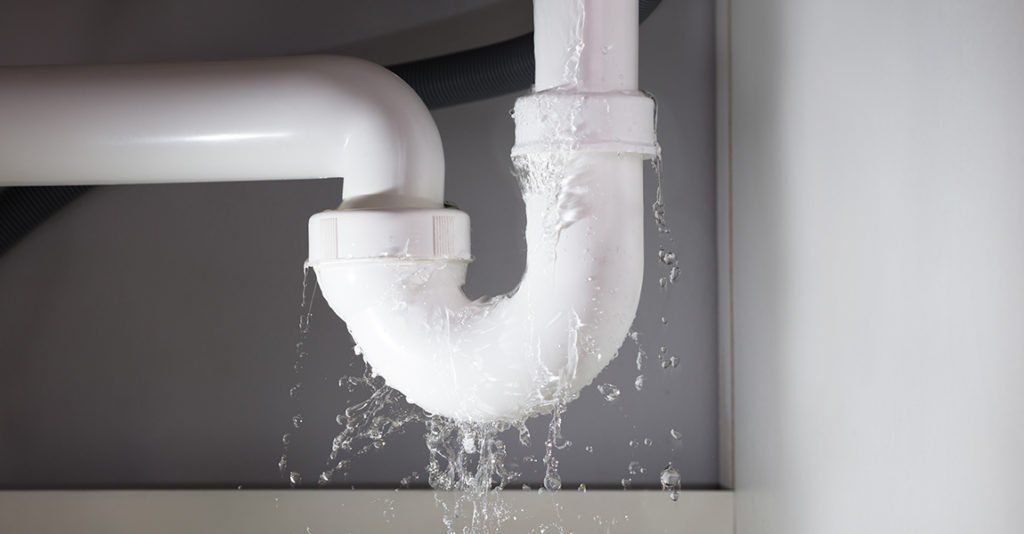
Every business and homeowner should have a reliable and trustworthy plumbing company in their contacts. Choose a plumbing professional that will suit your present and future needs.
An issue that should be handled by a trained, licensed professional is a water heater that is acting up. If the water has turned cold through your house or commercial property, a call to A Rescue Rooter will be in order. The plumber will check that the pilot light is still lit and if it went out, they will re-light it. It could be a build-up of sediment or a faulty thermostat that is the culprit but a trained plumbing technician will make the diagnosis and fix the fault.
Another common issue that warrants the help of a plumber is low water pressure. If water is trickling out of your taps, a call to a plumber should be in order. This may be an issue in an older home because pipes could be worn, broken or corroded due to their age. Your drains may be need to be flushed and cleaned. The pros at a Rescue Rooter will get to the bottom of your problem and repair it to your satisfaction.
And then there’s leaky pipes. You can do a temporary fix but a trained professional will repair the leak permanently. The issue could be a piece of the pipe, or the whole pipe, needs to be replaced. Perhaps a joint is in disrepair and needs to be replaced. Leaky pipes are more common in the winter when water can freeze which will could cause pipes to expand and ultimately burst. A Rescue Rooter’s plumbers can also assist in new installations as well repair your existing fixtures.
Common plumbing emergencies are burst pipes, leaky pipes and fixtures, frozen pipes, blocked drains, toilets not working properly. A technician from A Rescue Rooter will diagnose and repair these issues. You should be aware if that a plumbing issue is not diagnosed and repaired promptly, bigger problems may arise. A pipe that is leaking may cause expensive structural damage to your property which in could cause damage to the contents of your home. A leaky faucet will cost you money.
Repairing the problem yourself may seem like a cost-effect solution to your plumbing issue at the time, but in reality, a trained plumber will make sure the repair is done properly and their expertise will avoid future issues that could be expensive. Let the professionals at a Rescue Rooter take care of everything related to your residential and commercial plumbing.
A call to A Rescue Rooter will help you with all your plumbing needs, twenty-four hours a day. Their technicians are fully licensed, insured and most importantly a phone call away! No job is too big or too small and they can help you with their state-of-the-art equipment that includes the use of CCTV video for diagnosis and repair. They’re a family run business who are available to you 24 hours a day. You can be rest assured that you are making the right call. For your peace of mind, the technicians are insured and licensed. They will tackle any repair and get the job done efficiently when you need them.
Your local Hamilton Plumbers are ready to help!
905-521-8284
